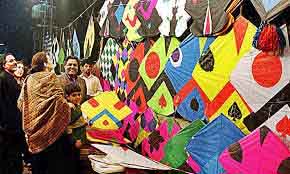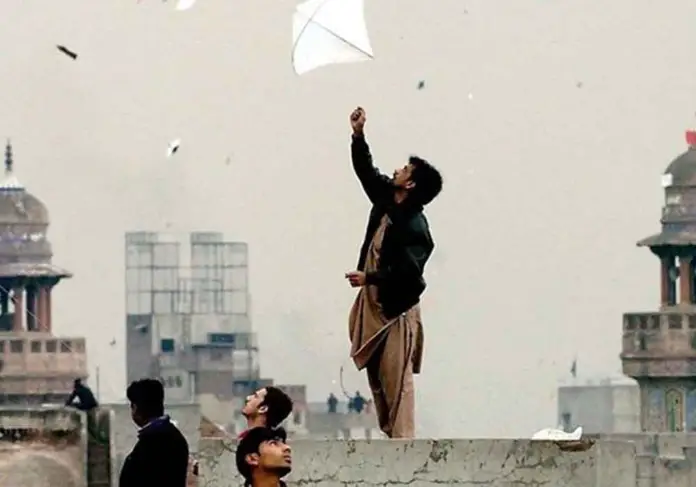Originally, ‘Vasant Panchami’ is a religious festival in Hinduism for worshiping the Hindu goddess of knowledge, music and arts; Saraswati. This festivity traces its origins from the 1st Millennium CE. It is celebrated every year on the fifth day of the Hindu-Punjabi Luni-Solar Calendar’s month, ‘Magh’ which typically falls in late January or early February. Historically, it was practiced only by Hindus, marking the gatherings for worshipping and starting the preparations for Holi which takes place 14 days later.
In the late 13th-century, the Sufi poet Amir Khusrow got impressed by this idea and celebrated Basant in the same manner to spread joy at the Khanqah of his Murshid (teacher), Hazrat Nizamuddin Auliya. Since then, Muslims started celebrating it at the different Khanqahs of India to in commemoration of the event.

Later on, Namdhari Sikhs also started celebrating it as a seasonal festival to mark the beginning of spring. Hindus and Sikhs both would celebrate the festival by wearing yellow colored clothes, turbans, headdresses and accessories, emulating the bright yellow mustard flowers in the fields.
In the beginning of the 19th-century, Maharaja Ranjit Singh, the Sikh ruler, encouraged the celebration of Basant Panchami in Lahore as a social, cultural and seasonal event. He introduced kite flying as a regular feature of the festival and held an annual Basant fair.

Maharaja Ranjit Singh and his queen Moran would dress in yellow and fly kites and distribute sweets. He announced public holidays every year in the first week of February.
He would also hold a darbar or court in Lahore during these holidays when his soldiers would dress in yellow and show their military prowess. Thus, in Lahore, the festival is as old as Hinduism but it took its modernized form during the Sikh rule.
Given the shared history and culture in the Indian sub-continent, the Punjabi Muslims in and around Lahore started celebrating kite flying from home rooftops as the major feature of the festival during the Basant season. Especially after the partition, it turned into a highly competitive sport. The lively people of Lahore took the festival to the heights and it became world famous in the late 21st Century. People, irrespective of their religions, used to celebrate the festival stretching over three days by decorating their streets and rooftops with yellow lights and flowers. Young girls would wear Mehndi (Henna) on their hands. Boys would start collecting and buying Dor (thread) and Guddi or Patang (kites) for the sport. It was during this time when kite and string making became an industry all over central Punjab providing livelihood to thousands of makers. Jalebis, qatlamas and biryani and other scrumptious dishes were made on the streets. People would plug in their deck systems on the rooftops and play their favourite songs for three consecutive days. From rooftops to streets and from streets to the local news channels, the only concern of Lahoris were just the Basant celebrations. The land used to be filled with lights and the sky with colourful kites.

A few years prior to its ban, people from all over the world had started visiting Lahore during the festival to observe the enthusiasm and passion of Lahoris. The major tragedy happened when kite flying enthusiasts demanded the thread makers to make sharper threads by coating it with crushed glass. Then, also the trend of aerial firing started being followed by the majority of the citizens. Both the deadly threads and bullets combined and caused a number of deaths in the city, as a result of which the government banned the festival in Lahore in 2007. Time to time, a number of attempts were made to lift the ban but all in vain.
Lahore still holds the best memories of the Basant Festival. However, Basant Panchami remains the only source of religious harmony as it is still celebrated by Hindus, Muslims and Sikhs in the different cities of the now-divided but once one region – the subcontinent.







